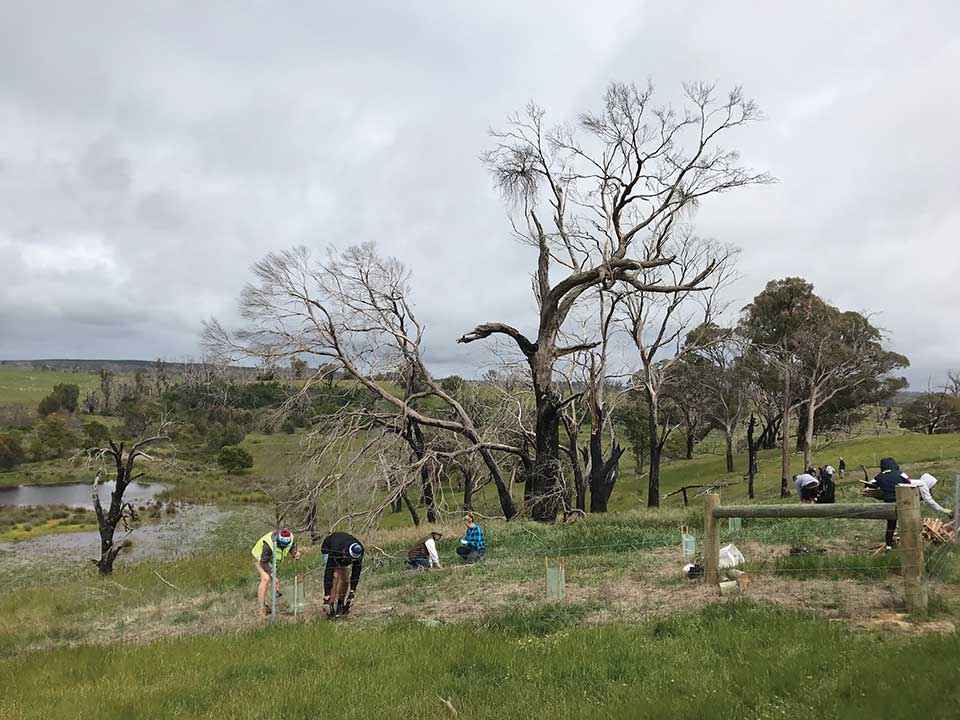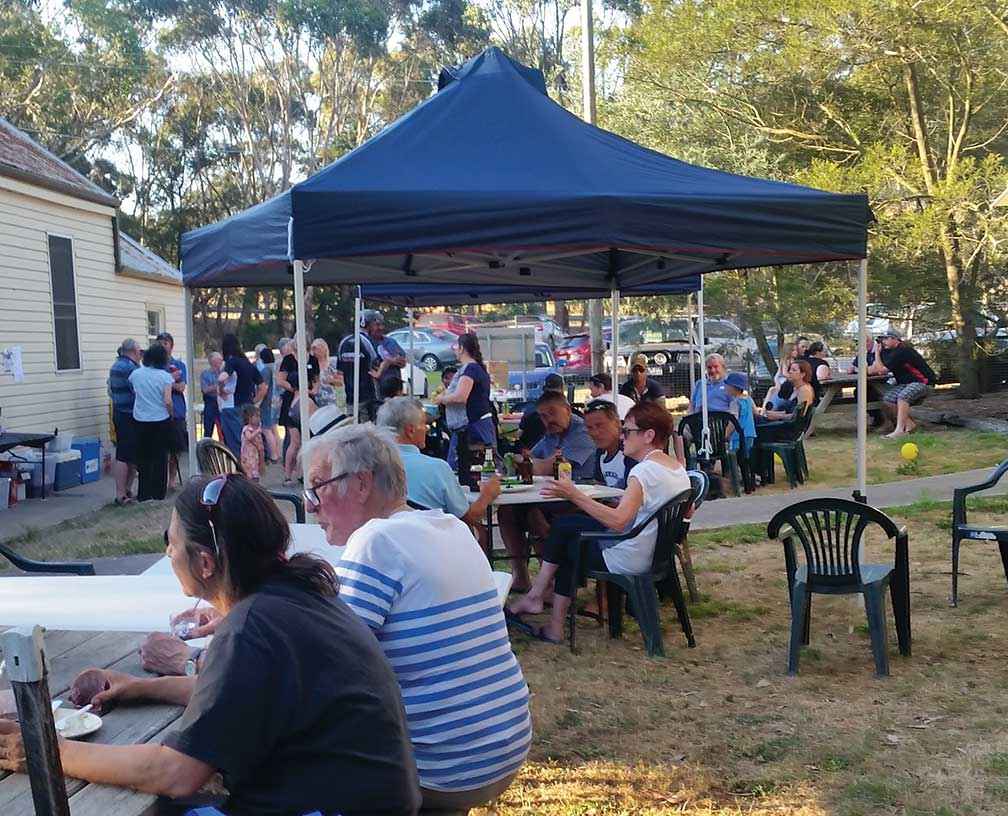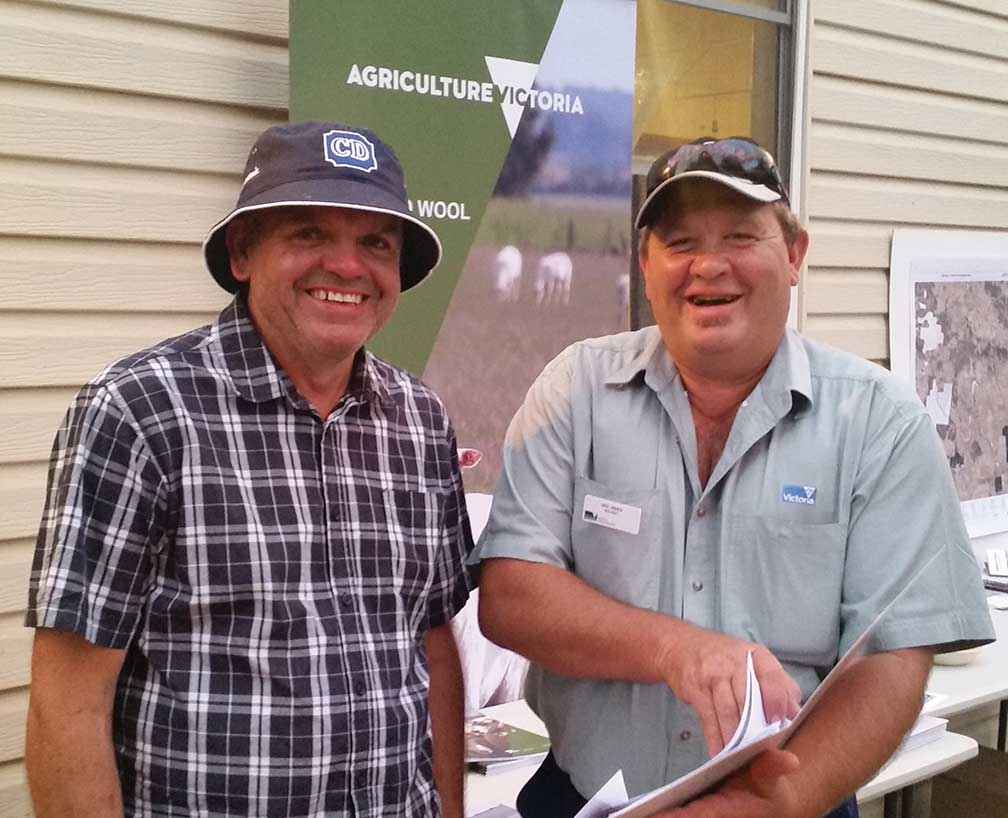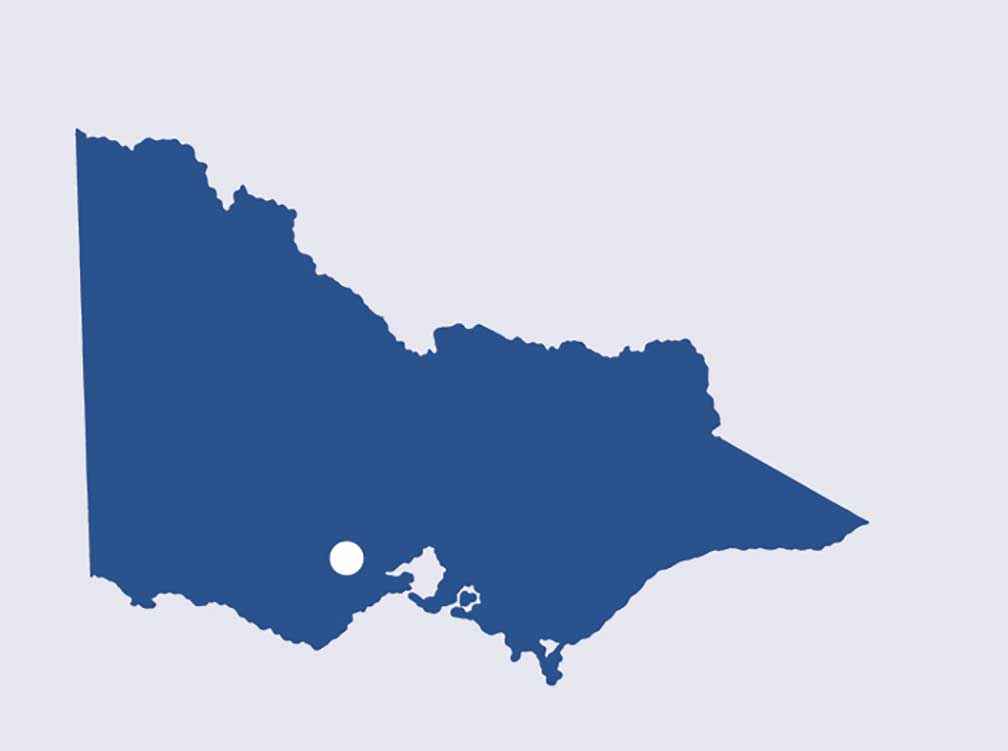Victorian Landcare Magazine - Winter 2020, Issue 78

On Saturday 19 December 2015 a major bushfire burnt out 4570 hectares of the Scotsburn area and severely affected the community, assets and the natural environment. Compared to the summer 2019/20 fires ours was short, sharp and quickly contained, but every disaster is personal and traumatic to those in the front line.
As the fifth anniversary approaches the fire is still impacting our lives – although some of it is for the better.
In the days immediately after the fire, my family, some neighbours and friends, formed a small fire crew to take care of the mop up process. At the end of each day one of us would host the evening meal – sharing our food resources to feed all of the tired and grubby crew.
On day three my neighbour commented on how lucky we were – to be sitting around together sharing stories, having a whinge and a laugh.
It occurred to us that even more people could benefit from this sense of connection. In the next two days a team of us from Upper Williamson’s Creek Landcare Group had sourced donations from local businesses, harnessed helpers from the community, support workers, agencies and the council and put a call out for a community get together on Christmas eve at the local hall. Approximately 100 people attended, and the emotion was palpable.

Above: An emotional community get together on Christmas eve 2015 – just six days after the fire.
We continued these events on a monthly basis. A team of community, Landcare and agency staff was formed with support from the State Government and Moorabool Shire Council to manage the events and other recovery initiatives.
Our next priority was the recovery of the natural environment. Many of our Landcare projects had been destroyed, with waterways spoiled. As Chair of the Leigh Catchment Group (LCG) – a network of eight Landcare groups in the Ballarat area – I sought advice from the wider Landcare community. Landcare staff from the Goulburn Broken CMA region supported us by sharing information and resources that helped us step up to the challenge of the disaster.
I represented our community on two regional fire recovery sub committees. This enabled me to influence the delivery of the agency outreach operations and communicate community priorities around losses to vegetation, existing Landcare plantings and opportunities to undertake significant recovery actions into the overall Scotsburn Response Plan. This proved critical to our recovery outcome.
During this time we were also working with the Corangamite CMA and DELWP on an action plan to restore and revegetate bushfire affected private land. In 2016 this plan became the Scotsburn Phoenix Project to be delivered by the LCG with State Government funding.
The project supported landholders to undertake works including environmental assessments, revegetation of indigenous plants, weed spraying, rabbit control, fencing of environmental features, protecting remnant vegetation, erosion control and pasture redevelopment.

Above: From left, landholder David Wells discusses fire recovery with Neil James from Agriculture Victoria at a community get together at Scotsburn Hall organised by the Upper Williamson’s Creek Landcare Group on Christmas eve 2015.
Four years on, the Scotsburn Phoenix Project is drawing to a close, with many successful projects completed. The bimonthly community get togethers are now an ongoing event. They demonstrate that we are closer and stronger after the fire than before.
Landcare can be critical in emergency recovery, for the following reasons:
• Landcare is active. Landcare networks and groups can be the most relevant, resourced and operational community group within the fire zone. When some of our members were directly affected by the fire other members stepped in quickly to support them.
• Landcare is community. A community knows itself. Support offered by friends and neighbours is more likely to be accepted by traumatised fellow community members.
• Landcare is local. We have a clear understanding of the impact on the natural environment in our local area. With the Scotsburn fire, it was Landcare that raised concerns about the impact on native bushland and Landcare projects on private land which were not being considered under the emergency management plans.
• Landcare is established. Landcare groups can offer a point of contact for the local municipality that leads the recovery processes.
• Landcare is a buffer. Landcare can help streamline and coordinate the extension activities of agencies. Traumatised community members can be overwhelmed when dealing with numerous agency staff and requests. We coordinated joint property visits to reduce the number of interactions.
• Landcare is a broker. Landcare can be a conduit for discussions by providing safe community events where agency staff can attend to field questions from community members.
Andrea Mason is a long-standing Landcarer and former Landcare Facilitator. She has undertaken numerous local, regional and statewide roles in Landcare and is the current Chair of Australian Landcare International.
For more information email andrea.mason@findingnorth.net.au

Above: Location map